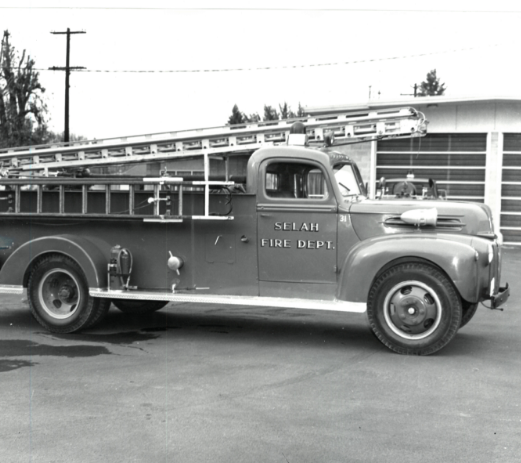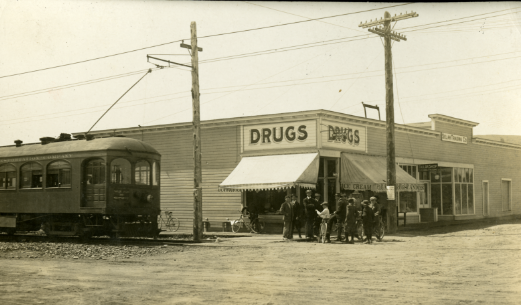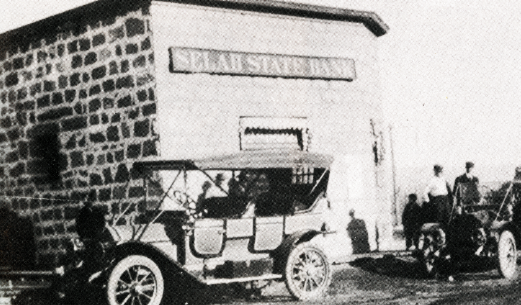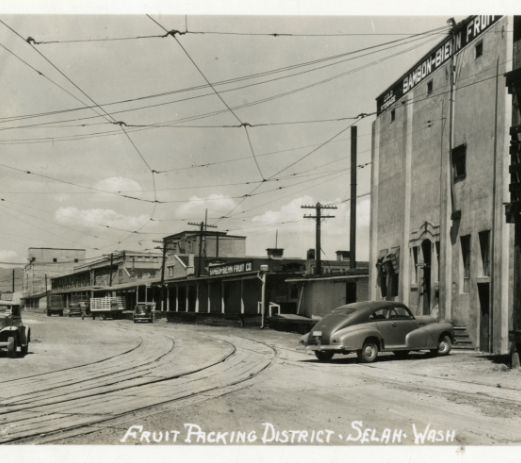Population 
8.5k
Residents
32.9
Median Age
2.5
Average Household
$32K
Median per capita income
$270K
Median home price
Known as the Apple Juice Capital of the world, Selah is located in Yakima County, just north of the city of Yakima. With roughly 300 residents, Selah was officially incorporated as a city on March 17th, 1919. Now, over 100 years later, it has over 8,500* residents and continues to grow.


8.5k
Residents
32.9
Median Age
2.5
Average Household
$32K
Median per capita income
$270K
Median home price


5
Schools
2,856
Students
22
Average class size
88%
of students graduated in four years
43.4%
meet science standards
44.9%
meet ELA standards


16.2 Minutes
Average commute
Seattle, Spokane, Portland, Pasco
within a 3-hour drive by car and accessible by bus or plane



The City of Selah uses the strong mayor and mayor-council form of government with a city administrator hired by the mayor and confirmed by the council. The seven-member city council is elected at large, and each member serves four-year terms. They meet on the second and fourth Tuesdays each month at 5:30 pm in the Selah City Council Chambers at City Hall.
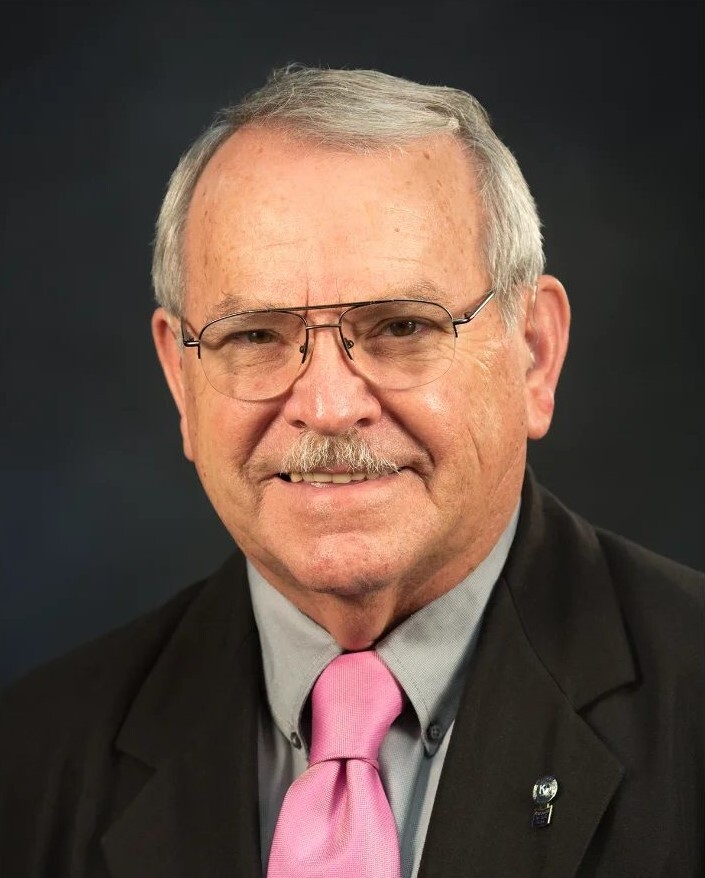
Current term expires 12/31/27
Office hours by appointment only. Please call City Hall at (509) 698-7381 to request a meeting.
115 W Naches Ave, Selah, WA 98942
Executive Assistant, Treesa Morales: (509) 698-7338
To contact all City Council members, email selah.council@selahwa.gov.
Position 1
Position 2
Position 3
Position 4
Position 5
Position 6
Position 7

Selah is comprised of three very distinct areas; Wenas Valley, East Selah, and Selah.
Selah was home to ancient tribes farther back than anyone can remember or has been documented. The tribe was called the Skwa-nanas (or people of the whirlpool) and rested at the upper fishery region near the mouth of the Wenas Creek, and over time they came to settle in Selah. The tribe originally named the area Selartar or “Calm Waters”. In 1847 some chiefs from the Yakima Valley sent for some missionaries they had heard about in Oregon, and in 1849 the missionaries arrived in Moxee where Chiefs Ka-mi-akin, Te-i-as, Ow-Hi, Qualchan, and Skomowa were wintering that year. In the spring of 1880, Chief Wi-e-Mash-et sent his father, Chief Ow-hi to take one of the missionaries, Father Pandosy to Selah. Father Pandosy became the first white man to enter the camp. From that time on, Selartar was known as Selah or “Pause and Reflect.”
Over time, hostilities broke out among the local tribes, and the Army was sent in from Fort Dalles in 1855. A Fishery was built in Selah, and it had an abundant supply of Salmon. This fishery was where the Elks Club stands today and spanned to the beginning of Wenas Creek. Fishing camps became places families lived and raised their little ones. The Yakima Valley had been recorded by white men as being a dry, desolate land with no future.
In 1864, Mosier, Warbash, and Barnes drove a herd of cattle up from Southern Oregon, eventually crossing the Klickitat and Simcoe to the Selah and Wenas areas. By 1870, the cattlemen had thrived and were trading.
In 1888, two men came from Tacoma and Puyallup, both interested in hops and the Selah Valley. They went to the Naches River and dug a ditch skirting the northern rim of the Naches Valley, bringing irrigation to Selah. Land that was once viewed as worthless has now flourished. The valley’s reputation had changed. Newcomers discovered the area, homesteaders were claiming land, and the population began to boom shortly after 1900. In 1905, townsman Frank Charbonneau built a small wooden building in a dusty crossroad. It was called the Charbonneau Rural Station of North Yakima, and it was the first storefront in Selah. It sat approximately in the middle of the intersection of 1st and Naches. Charbonneau station lasted only two years until Charbonneau closed his store and moved on.
By 1907, two more storefronts were built in the dusty crossroads on opposite corners from Charbonneau Station, one of them being a two-story building that housed The Selah Trading Company. The upstairs hosted town meetings and church services; the ground floor was stocked with general merchandise.
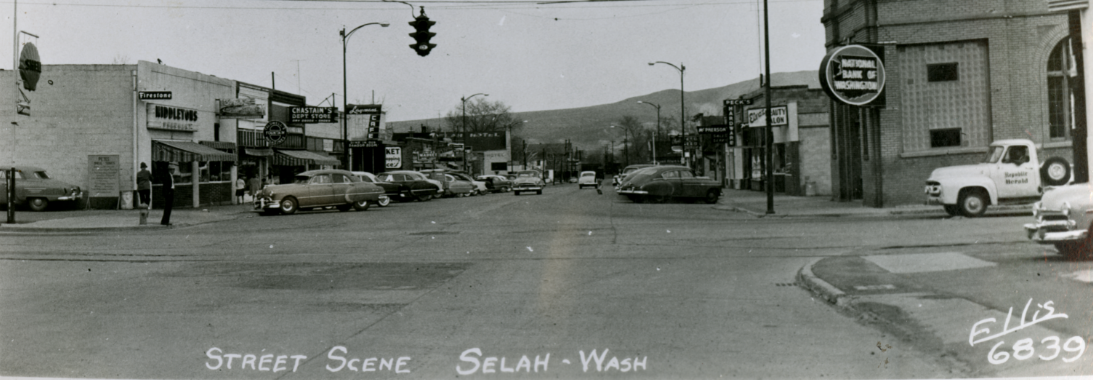
All was great until 1908 when most of the town caught fire and burnt down. There was no fire department yet, so a bucket brigade attempted to save the structures, but Selah was left in ruins to rebuild.
The roots of Selah coming together in crisis are strong and deep. The Selah Trading Company was rebuilt within a month, and several other businesses such as the Selah Hotel and the shoe store next door followed suit and were rebuilt within a year.
By 1910, homes and churches started to appear around town, most of the Selah Valley had been cleared of sagebrush and had irrigation, and the first bank even opened in Selah. Hops were growing crazy, and apples started. The first rail car entered Selah in July of 1913 moving people between Selah and Yakima, opening up trade and commerce. Selah’s population began to grow, and it was being recognized as a major fruit and horticultural district. By 1918, the population had grown to a whopping 200 people, the great world war was coming to an end, and things were looking pretty good for the little town. Prominent citizens campaigned for incorporation, and Selah became a town!
Today’s Selah may not look much like the Selah of 1918, but many qualities remain the same! Tucked safely off to the side of I-82 in the foothills of the Cascades, you will find a community of people that come together in crisis, much like the bucket brigade, and recover, much like the fast rebuild of buildings and community. We are an agricultural community at our core, and we have been the apple juice capital of the world since the start of the first plant in the late 1930s. We support our schools and kids’ sports, and we support small businesses.
WE ARE #SELAHSTRONG
